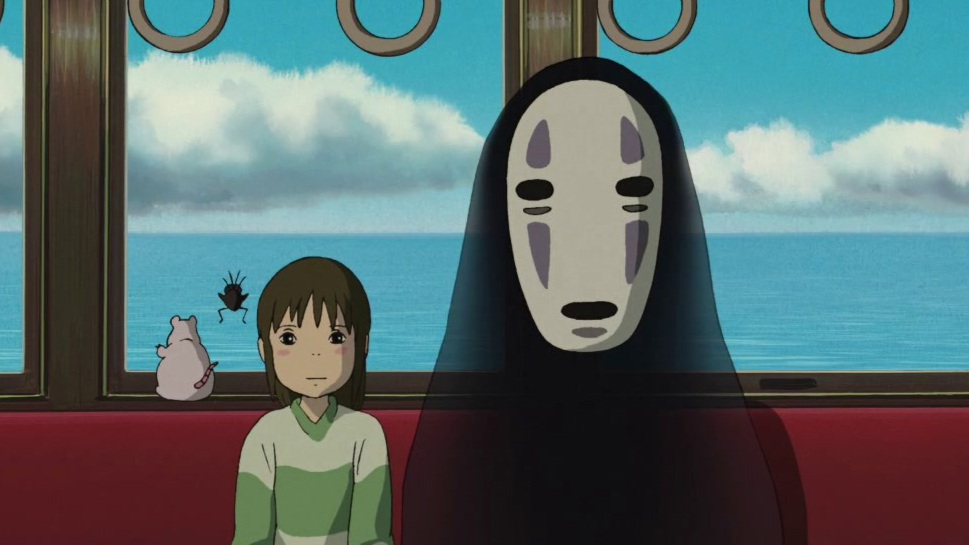Diving into the World of Pinku-Eiga
When we think of Japanese cinema, the names of Akira Kurosawa and Studio Ghibli quickly come to mind. However, it’s important to acknowledge the lesser-known side of Japanese cinema: the pinku-eiga, also known as “pinkus” or “pink films.” These films emerged in the mid to late 1960s as a genre of Japanese cinema that explores eroticism, lust, violence, and sexual taboos akin to sexploitation. What sets pinkus apart from other sexploitation films from Europe or America is their focus on S/M elements, bloody violence, and mandatory censorship of sex organs. In this article, we will explore the top 10 best pinku-eigas, exploring their unique characteristics, visuals, and themes.
Rashomon (1950) – Directed by Akira Kurosawa, this film is a masterpiece of storytelling that delves into the concept of truth and perspective through multiple accounts of a single event.
Seven Samurai (1954) – Another Kurosawa classic, this epic tale of a group of samurai defending a village against bandits is a cinematic landmark and has influenced countless other films worldwide.
Tokyo Story (1953) – Directed by Yasujirō Ozu, this emotionally powerful film explores generational conflicts and the changing dynamics of family life in post-war Japan.
Spirited Away (2001) – Created by Hayao Miyazaki and Studio Ghibli, this animated film is a magical journey into a fantastical world, addressing themes of identity, growth, and environmentalism.
Akira (1988) – A groundbreaking animated science fiction film directed by Katsuhiro Otomo, “Akira” explores themes of power, corruption, and the consequences of unchecked scientific experimentation.
In the Mood for Love (2000) – Though not Japanese, this film by Hong Kong director Wong Kar-wai captures a unique atmosphere and emotion, making it a must-watch for those exploring Asian cinema. It’s a beautifully shot exploration of unrequited love.
Harakiri (1962) – Directed by Masaki Kobayashi, this samurai film is a searing critique of the rigid social and moral codes of the feudal era, offering a thought-provoking perspective on honor and sacrifice.
Cure (1997) – Directed by Kiyoshi Kurosawa, this psychological thriller blurs the lines between reality and the supernatural, offering a unique take on crime and human nature.
Battle Royale (2000) – Directed by Kinji Fukasaku, this controversial film adapts a dystopian novel, portraying a class of students forced to participate in a deadly game of survival. It explores themes of societal breakdown and youth rebellion.
Woman in the Dunes (1964) – Directed by Hiroshi Teshigahara, this allegorical film tells the story of a man trapped in a sandpit with a woman and delves into themes of existentialism and the struggle for meaning.
These films offer a diverse range of genres, styles, and themes that showcase the richness of Japanese cinema. Exploring these movies can provide you with a deeper understanding of the country’s culture, history, and artistic expression.

